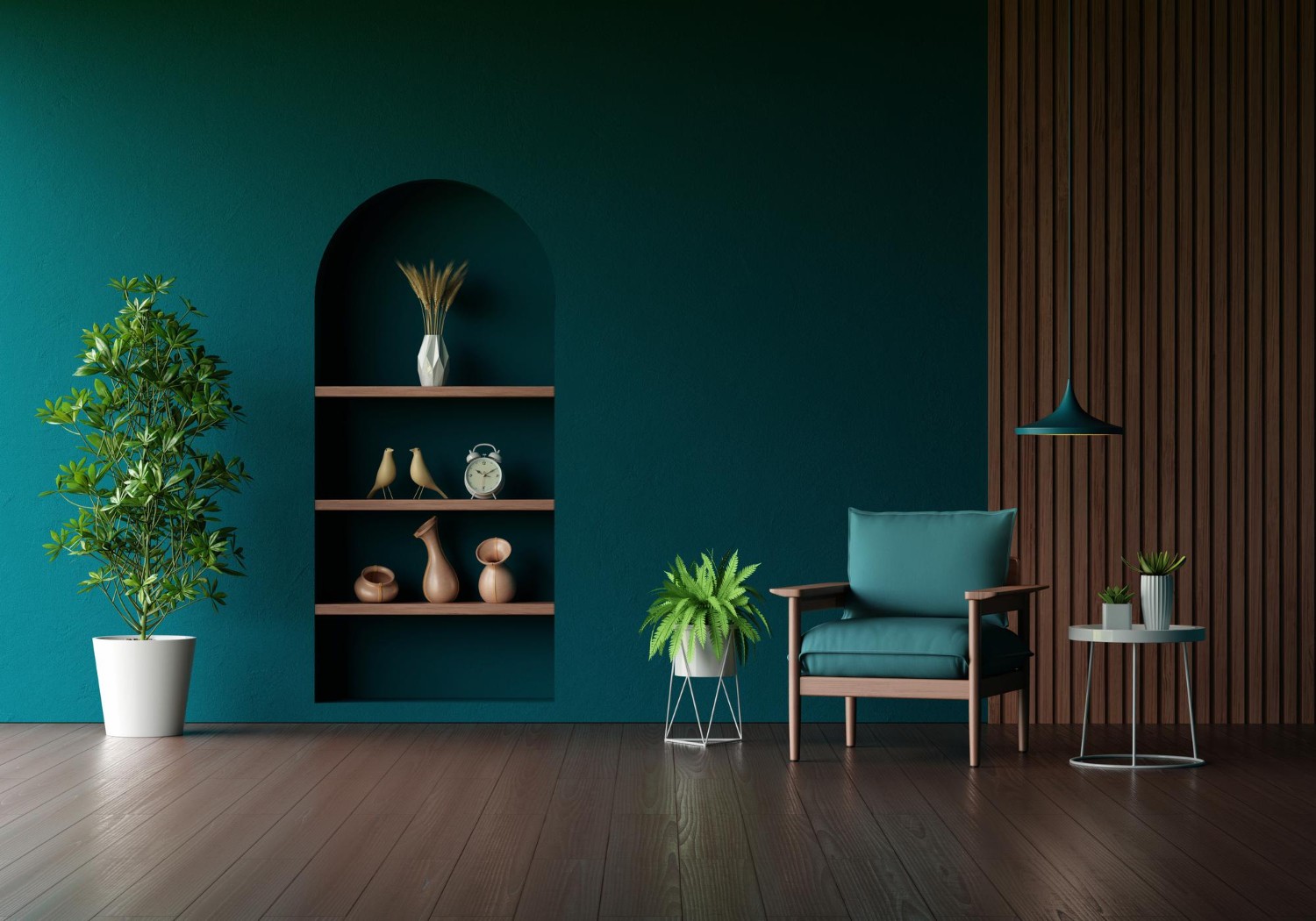Fabric painting is more than just an art—it's a story woven through time, a fusion of tradition and technology. Ever looked at a beautifully painted fabric and wondered how this practice began? Who were the first people to pick up a brush and bring color to cloth? Let’s take a journey through history and see how fabric painting evolved from ancient civilizations to the digital age.
History of Fabric Painting - The Ancient World

Fabric painting has existed for thousands of years, with early civilizations finding innovative ways to add color and design to textiles. Some of the earliest examples include:
- India (3000 BCE) – The Kalamkari technique, where artists used natural dyes and a pen-like tool to create intricate patterns on fabric. This method is still practiced today in regions like Andhra Pradesh, especially by artisans in Srikalahasti and Masulipatnam.
- Egypt (2000 BCE) – Egyptians painted linen with religious symbols and hieroglyphs using plant-based dyes and mineral pigments, much like how today’s screen-printing industry uses stencils for mass production.
- China (500 BCE) – The Chinese developed silk painting, which featured landscapes, dragons, and floral motifs. Even today, Chinese artisans hand-paint silk scarves, similar to their ancient methods, but with the addition of modern color-fixing techniques.
- Peru (1000 BCE) – The Paracas culture used fabric painting for textiles that were wrapped around mummies, symbolizing status and spiritual beliefs. Today, Peruvian artisans still preserve these ancient methods in textile workshops.
- Japan (8th Century CE) – The Yuzen technique of fabric painting developed in Kyoto, using rice paste resist to create intricate kimono designs. Today, Kyoto-based artists still create these designs but now incorporate digital enhancements to preserve fine details.
- Africa (Various Periods) – Adire (Yoruba, Nigeria) and Kente cloth painting (Ghana) used natural dyes and symbolic motifs to represent cultural heritage. These techniques are still being used in African fashion today, merging tradition with contemporary design.
Fabric painting wasn’t just decoration; it held cultural, religious, and even political significance, much like how custom fabric prints are now used to express identity in modern fashion and home décor.
Evolution of Fabric Painting

As civilizations advanced, so did fabric painting techniques. Some notable developments include:
- Batik (Indonesia, 6th Century CE) – A wax-resist dyeing technique that creates stunning patterns. This method spread to Africa and Europe through trade routes and is still practiced widely in Indonesia today, with modern artists using both traditional and industrial tools.
- Medieval Europe (12th Century) – European aristocrats used fabric painting on clothing, tapestries, and banners to display wealth and power. This tradition continues today in haute couture, where hand-painted fabrics add exclusivity.
- Renaissance (15th Century) – The introduction of tempera-based paints allowed for more detailed and vibrant textile designs. Painted fabrics became highly valued among nobility, much like today’s hand-painted designer clothing.
- Mughal India (16th Century) – The use of block printing and hand painting in textiles became a mark of royal clothing and décor. This tradition continues in Rajasthan, where hand-painted and block-printed textiles remain highly sought after.
Example: The Bayeux Tapestry, an embroidered and painted cloth from the 11th century, illustrates the Norman conquest of England and serves as a historical record, much like how fashion brands today use textiles to tell stories through design.
The Bayeux Tapestry is an embroidered cloth nearly 70 metres (230 feet) long and 50-centimetre (20-inch) tall that depicts the events leading up to the Norman Conquest of England in 1066, led by William, Duke of Normandy, challenging Harold II, King of England, and culminating in the Battle of Hastings. It is thought to date to the 11th century, within a few years of the battle.
The Industrial Revolution in Fabric Painting: When Art Met Machines

The 18th and 19th centuries brought significant changes to fabric painting:
- Synthetic Dyes (1856) – Discovered by British chemist William Henry Perkin, synthetic dyes revolutionized textile coloring, making it more vibrant and durable. Today, synthetic dyes dominate the textile industry, although eco-friendly natural dyes are making a comeback.
- Screen Printing (1907) – Samuel Simon developed a process that allowed for intricate fabric designs to be mass-produced, which remains a staple technique in the fashion industry.
- Roller Printing (18th Century) – Enabled factories to produce continuous patterns on fabric at high speeds, making decorative textiles more affordable.
- Tie-Dye and Shibori Techniques (19th Century) – While traditional in origin, these techniques gained renewed popularity with industrial dyeing methods and are now making a comeback in sustainable fashion brands.
Example: William Morris’s designs of the 19th century combined industrial printing with hand-painted aesthetics, influencing fabric patterns in homes worldwide.
The British literary figure and designer William Morris (1834-1896), a founder of the British Arts and Crafts Movement, was especially known for his wallpaper designs. These were created for the firm he founded with his partners in 1861, Morris, Marshall, Faulkner and Company, and later for Morris and Company.
The Digital Revolution in Fabric Painting: When Innovation Met Creativity

Today, technology has pushed fabric painting into a new era:
- Digital Textile Printing – Uses high-resolution printers to create complex and colorful designs directly on fabric, similar to how traditional fabric painting once required painstaking detail.
- Sublimation Printing – A heat-transfer method that embeds dye into fabric fibers, ensuring long-lasting and vibrant prints.
- Smart Textiles – Conductive inks allow for LED-embedded clothing, temperature-sensitive fabrics, and interactive designs.
- 3D Printing on Fabric – New-age technology allows designers to print raised and textured patterns onto textiles, revolutionizing the way we design clothes.
Fabric Painting Today: A Blend of Past and Future

Despite technological advancements, traditional methods still hold strong:
- Hand-painted fabrics remain popular in fashion, interior design, and art, seen in designers like Sabyasachi Mukherjee, who incorporates traditional techniques into luxury fashion.
- Eco-friendly dyes are making a comeback, with artists using plant-based pigments to reduce environmental impact, similar to how ancient civilizations once did.
- Fusion of old and new – Designers mix traditional Kalamkari, Batik, and hand-painted silks with digital enhancements.
- Personalized Fabric Art – Many small businesses and independent artists now offer hand-painted custom clothing as a unique fashion statement.
- Cultural Revival – Many indigenous communities worldwide are reviving traditional fabric painting methods, blending them with contemporary art.
Example: Hand-painted sarees in India continue to be prized, while luxury fashion houses experiment with AI-generated textile patterns. Varanasi is renowned for its exquisite Banarasi sarees, famous for intricate zari work, Mughal-inspired motifs, and luxurious silk weaves. Alongside weaving, the city also has a tradition of hand-block printing and hand-painted sarees, featuring spiritual and mythological designs. Techniques like Kadhua weaving, hand block printing, and natural dyeing keep the craftsmanship alive. Modern designers are blending traditional methods with contemporary styles, ensuring global appeal. Efforts to preserve this legacy, including GI tagging, help protect the authenticity of Varanasi’s iconic textile heritage.
Our Recent Blog: Pattern Making 101: Essential Techniques Every Fashion Designer Should Know
A Note from Amor Design Institute
At Amor Design Institute, we emphasize the importance of pattern-making as a foundational skill in fabric design. Understanding the evolution of fabric painting helps our students bridge the gap between tradition and modern innovation. Our curriculum blends theoretical knowledge with hands-on experience, allowing students to explore traditional techniques like Batik and Kalamkari alongside modern digital printing methods. Through workshops, industry collaborations, and practical applications, we ensure that the art of fabric painting continues to thrive in both its historical and futuristic form
Final Stroke
Fabric painting isn’t just about adding color to textiles—it’s a centuries-old tradition that continues to evolve. From ancient hand-painted silks to digital-printed smart fabrics, this art form has adapted to every era while maintaining its charm and significance.
So the next time you see a beautifully painted fabric, take a moment to appreciate the artistry and history behind it. Maybe one day, we’ll be able to design fabrics with just a thought—no brush required!
FAQs on Fabric Painting
1. What is the oldest known fabric painting technique?
The Kalamkari technique from India and Batik from Indonesia are among the oldest fabric painting methods, dating back thousands of years. They continue to be practiced today with both traditional and modern adaptations.
2. How has technology changed fabric painting?
From hand-painted silks to digital textile printing, advancements like sublimation, smart textiles, and 3D printing have transformed the way fabrics are designed and produced.
3. Are traditional fabric painting techniques still in use today?
Yes! Artisans in India, Indonesia, Japan, and Africa still practice traditional methods like Kalamkari, Batik, and Yuzen, while many contemporary designers integrate them into modern fashion.
4. What are the benefits of hand-painted fabrics over digital prints?
Hand-painted fabrics are unique, often showcasing intricate details that cannot be replicated by machines. They also carry cultural and artistic value, making them highly sought after in luxury and bespoke fashion.
5. How do fashion brands use fabric painting today?
Many brands use a mix of hand-painting and digital techniques to create exclusive, artistic fashion pieces.
6. What is the future of fabric painting?
With AI-generated textile designs, smart fabrics, and sustainable dyes, the future of fabric painting blends innovation with tradition, ensuring its relevance in both art and industry.













